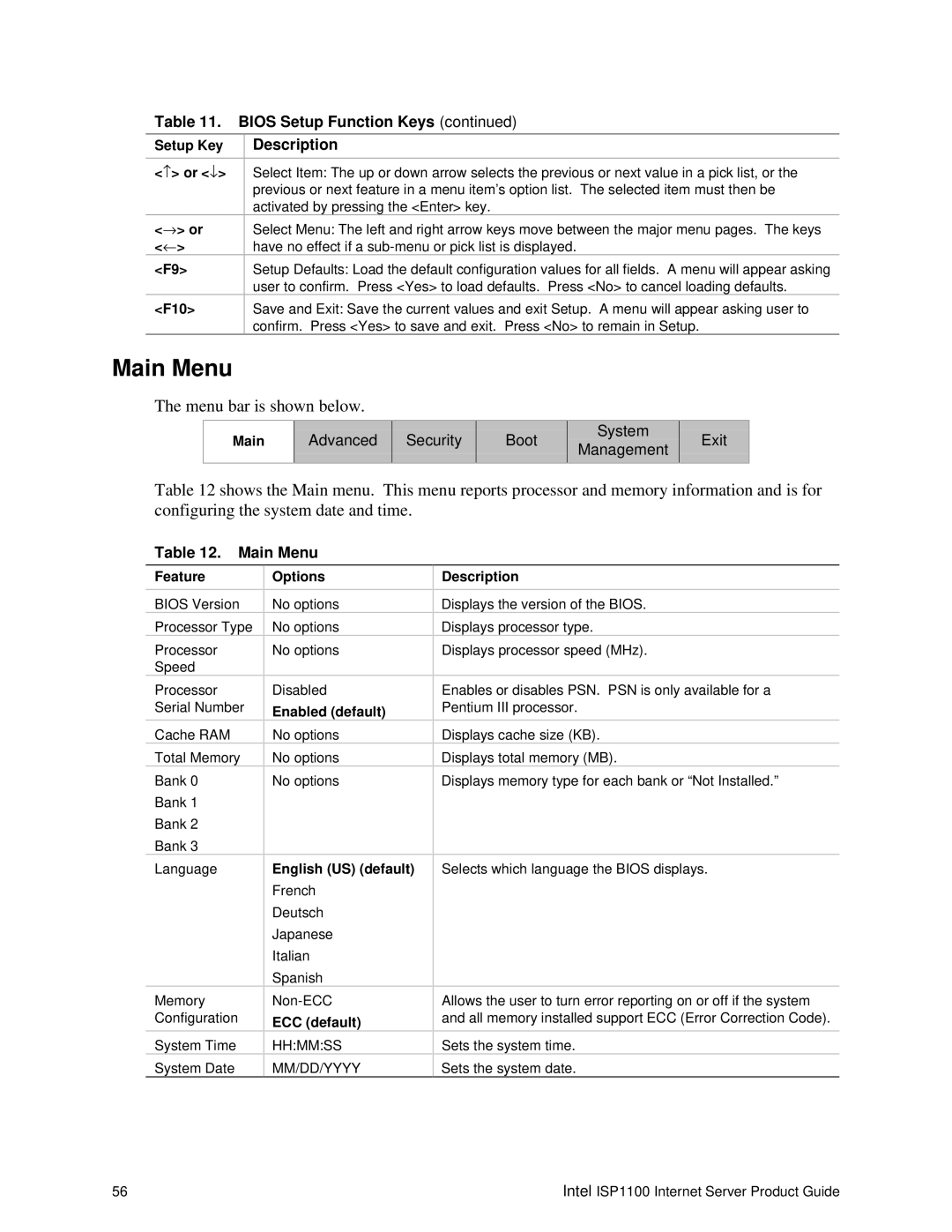
Table 11. BIOS Setup Function Keys (continued)
Setup Key | Description |
<−> or <↓> | Select Item: The up or down arrow selects the previous or next value in a pick list, or the |
| previous or next feature in a menu item’s option list. The selected item must then be |
| activated by pressing the <Enter> key. |
<→> or <←>
<F9>
Select Menu: The left and right arrow keys move between the major menu pages. The keys have no effect if a
Setup Defaults: Load the default configuration values for all fields. A menu will appear asking user to confirm. Press <Yes> to load defaults. Press <No> to cancel loading defaults.
<F10>
Save and Exit: Save the current values and exit Setup. A menu will appear asking user to confirm. Press <Yes> to save and exit. Press <No> to remain in Setup.
Main Menu
The menu bar is shown below.
|
|
Main | Advanced |
|
|
|
|
Security
Boot
System
Management
Exit
Table 12 shows the Main menu. This menu reports processor and memory information and is for configuring the system date and time.
Table 12. Main Menu
Feature
BIOS Version
Processor Type
Processor
Speed
Processor Serial Number
Cache RAM
Total Memory
Bank 0
Bank 1
Bank 2
Bank 3
Language
Memory Configuration
System Time
System Date
Options
No options
No options
No options
Disabled
Enabled (default)
No options
No options
No options
English (US) (default)
French
Deutsch
Japanese
Italian
Spanish
ECC (default)
HH:MM:SS
MM/DD/YYYY
Description
Displays the version of the BIOS.
Displays processor type.
Displays processor speed (MHz).
Enables or disables PSN. PSN is only available for a Pentium III processor.
Displays cache size (KB).
Displays total memory (MB).
Displays memory type for each bank or “Not Installed.”
Selects which language the BIOS displays.
Allows the user to turn error reporting on or off if the system and all memory installed support ECC (Error Correction Code).
Sets the system time.
Sets the system date.
56 | Intel ISP1100 Internet Server Product Guide |
